Origami is the art of paper folding, which is often associated with Japanese culture. The Japanese word "ori" means "to fold", and "kami" (literally "paper") means what it says in English. The art of folding paper into little figures is called "origami". it is a popular form of paper art.
In modern usage, the word "origami" is used as an inclusive term for all folding practices, regardless of their culture of origin.
Typically, the Japanese art of paper folding, or more precisely, the technique of creating decorative folding forms from flat sheets of paper, is known as origami, which translates to “folding paper”. The objective of origami is to turn a flat square into a completed project that can be exhibited.
In origami, there are a small number of simple folds that can be combined in different ways to create complex designs.
A good example is the Japanese paper crane model, the most popular origami design. Usually, the design starts with a square sheet of paper that may have sides that are printed, colored, or patterned differently.
The use of cuts, glue, or markings on the paper in the creation of origami designs is largely discouraged by modern origami practitioners. However, traditional Japanese origami is less rigid about following such rules, occasionally cutting the paper or beginning with non-square shapes.
There are various fields of applications for the principles of origami including engineering, mathematics, medicine, and packaging.
This article will explain, in detail, the history of origami, the different types of origami, materials, and tools needed for origami, as well as the practical applications of origami.
[ Want to learn how to create easy origamis as a complete beginner and create amazing art today? Read this ]
History
The origin of origami is uncertain, although it is generally thought to have originated with the Chinese philosopher Wang Shu (700–790), who taught that paper could be used to transform the directions and disposition of objects and to discover the truth about things hidden or secret.
Origami has a long history. One of the oldest documents written about origami is the “Senbazuru Orikita” which translates to “One Thousand Origami Cranes” written around 1797.
However, origamis were most commonly associated with Japanese culture for centuries. The first clear mention of a paper model in Japan dates back to a short poem written in 1680 by Ihara Saikaku, who recalls a customary butterfly pattern used at Shinto weddings.
The poem reads Rose-ga yume-no cho-wa orisue (The butterflies in Rosei’s dream would be origami) and in the poem, he referred to an origami model called Ocho Mecho (Male and Female Butterflies) as “orisue” which is used to wrap sake bottles at the wedding ceremony.
In the Edo era Japanese culture, folding had some ceremonial purposes; noshi were affixed to gifts, much like greeting cards are done now.
The European history of origami, however, indicates that Origami is not “Japanese” art. The image of Boat from "Ramma Zushiki" can be found in the 1490 edition of "Tractatus de Sphaera Mundi," which was authored by Johannes de Sacrobosco (John of Holywood) in the 13th century and printed more than 60 times through the middle of the 17th century.
In John Webster’s play “The Duchess of Malfi” which was premiered around 1614 and published in 1623, he referred to a “paper prison” which is probably the origami model known as the water bomb today. This however is not recorded in any Japanese sources of the Edo era.
Japan imported Friedrich Frobel’s kindergarten system and German paper folding concepts when it opened its borders later on in the 1860s as part of a modernizing effort. Some of the concepts they adopted included the prohibition of cutting and the initial design of a square with two colors.
These concepts were incorporated into Japanese tradition alongside some folding techniques from Europe replacing the traditional Japanese sources.
Previously, traditional sources utilize various starting shapes, often with cuts, and if they had color or markings, they would be added after the model has been folded.
However, the 20th century saw the beginning of modern origami, which is built on a different paradigm. Modern origami’s folding patterns are thought of as “models” “created” by “origami creators”.
The diagrams which show how a model should be folded are significant because they serve as a representation of the model itself. They must display the complete folding sequence of the model.
Uchiyama Koko who had his origami models patented would be considered the originator of contemporary origami. Some individuals today believe that origami models should be patented by copyright which is a characteristic of modern origami.
Many other different cultures developed their methods of paper-folding and often associated it with magic or mysticism. For example, the traditional Navajo method of paper folding is called tségháhoodzánígííd, which means "paper-making magic".
Types of Origami
Over the years, Origami has evolved and expanded beyond boats and birds into many types. Recently, origami enthusiasts conducted an informal survey and came up with over 80 different types of origami.
However, we’ll look at a few common types of origami below;
Strip folding
Strip folding is a type of origami that uses paper folding and paper weaving. The Lucky Star, also known as the Chinese Lucky Star, Dream Star, Wishing Star, or simply Origami Star, is a typical strip folding example.
The Moravian Star, which is constructed by strip folding in a 3-dimensional shape to include 16 spikes, is another popular fold.
Origami tessellations
The term “tessellations” refers to a group of figures that fill a plane with no spaces or overlaps. Origami tessellations utilize pleats to repeatedly join molecules like twist folds together.
Although origami tessellations started becoming more popular after the year 2000, they have a long history and their beginning can be traced back to the 1900s.
Shuzo Fujimoto created dozens of patterns and started twisting fold tessellations to the public in the 1960s as the first person to examine them systematically.
As part of his research into kinetic sculpture and developable surfaces around the same time, Ron Resch patented certain tessellation patterns yet his work was unknown to the origami community until the 1980s.
In recent times, the field has expanded quickly and in 2006, Brasilia (Brazil) played host to the first international convention on origami tessellations. In 2008, Eric Gjerde released the first instructional book on tessellation folding techniques.
Wet-folding
Another common type of origami is wet-folding. This method utilizes water to dampen the origami paper to create models with an element of sculpture and smooth curves rather than geometrically straight folds and flat surfaces.
Used frequently by professional folders, wet-folding utilizes thicker paper than is used for other origami to create the designs. However, they wet it with a dampened cloth to make molding it easier; the finished sculpture retains its shape after drying.
Size, an adhesive, is frequently used on paper, either on the surface of a ready sheet of paper or at the pulp stage during the paper-forming process. It is an adhesive that is crisp and rigid while dry but dissolves in water when wet, becoming soft and pliable.
For example, it can be used to create animal models that look incredibly realistic such as the wet-folded bull.
Action origami
The term “action origami” refers to animated origami. It is also frequently used to describe models that require a unique action to be performed during the final construction of the model such as detonating a water bomb.
Action origami designs are moving object designs that can move, unlike still-life origami which is more popular but doesn’t move.
Modern action origami models are usually made without cuts, unlike traditional action origami which occasionally includes cuts in the construction of their designs.
Most action origami is toys made to entertain, but some are designed to tell a story or surprise and delight. Examples of action toys include frogs that hop and birds with flapping wings. However, the fortune teller and the flapping bird are classic traditional action models.
Teabag folding
This type of origami involves the use of tiny square pieces of paper (like tea bag wrappers) with symmetrical designs. These papers are folded into one another to create a three-dimensional representation of the basic design.
For example, rosettes, a 3D rendition of the 2D design are created using the basic kite fold. To create this design, eight identical squares must be folded into a “kite” shape to form the basic rosette pattern.
Modular origami
Modular origami refers to the type of origami that is made using more than one sheet of paper to complete a model. In this paper folding technique, a larger and more sophisticated model can be made by utilizing two or more sheets of paper instead of one.
Every single sheet of paper is identical and they are folded into a module or unit, and each module is then put together to form a three-dimensional structure or an integrated flat shape, typically by inserting flaps into pockets made during the folding process.
All the rules of origami except the restriction to one sheet of paper are adhered to when folding therefore rather than using thread, glue, or other fasteners that are not part of the paper to hold the model, the stress or friction created by the insertions hold them together.
There are different types of modular origami such as three-dimensional, flat, approximations of fractals, and macro-modular origami.
Three-dimensional modular origami may be tessellations of simple polyhedral or regular polyhedral while flat modular origami is typically polygons.
Examples of modular origami include decorative folding balls like kusudama that can be used for decorations or as gifts.
Materials and Tools needed for Origami
As we’ve established earlier, origami revolves around paper folding into different designs, and logically, the most important material for origami is paper.
Origami paper
Usually, Origami loves to use Japanese traditional papers for folding because those papers have a clear crease which is easy to fold.
Typically, the only prerequisite for any paper to be used for folding is that it must be able to maintain a crease therefore almost any flat, laminar material can be used for origami.
However, there are paper types that are specifically made for origami. Below are some of these origami paper types;
Kami paper
The Japanese word kami means paper and it is the least expensive and most readily accessible paper. It was created expressly for origami and developed for educational purposes.
Also known as “koiy” paper, this type of paper is sleek and simple to fold. It is available in a variety of sizes, but the most common ones are 75 x 75 mm (or 3 x 3 inches), 6-inch squares, and 10-inch squares.
Kami paper is typically only printed in a single, solid color or design on one side. These designs might be as straightforward as a red to blue color gradient or as intricate as a multicolored kimono pattern with gold foil decorations featuring flowers and cranes.
Washi
Washi is a Japanese term interpreted as “wa” which means Japanese and “shi” which means paper. Manufactured from regenerative long-fibered crops, washi is customarily a high-quality, thin handmade paper that is highly sought after by artisans.
Due to its extraordinarily thick and lengthy fibers, washi is incredibly durable even when it is thin although some washi does not maintain a sharp fold. On rare occasions, washi will contain strands of the long fibers (typically Kozo).
Washi preserves extremely fine detail and accepts ink well, making printing on it simple. The texture of printed washi is distinctive and occasionally translucent.
However, Kami paper is more frequently used in origami than washi paper.
Paper-backed foil paper
Also known as Japanese foil, or simply foil, this type of origami paper is a thin layer of foil glued to an incredibly thin sheet of paper to create foil paper. It is a marginally more expensive, flashier paper that is effective for holding creases.
Silver and gold are the most popular colors, but foil paper may be made in any color, including bright pink, blue, and copper. One sheet of silver paper and one sheet of gold paper are frequently included in multicolor bundles.
When using them to make 1,000 origami cranes, these are often attached to the bottom end of the string.
Both paper-backed foil paper and tissue foil can be used to design complex origami models. However, tissue foil paper is not available commercially.
Tools
There are different techniques for paper folding and while folding on a flat surface is typical, some people prefer to fold their paper in the air especially when they want to demonstrate their folding.
Generally, tools are not needed for paper folding, especially when folding simple designs. However, a few tools can be useful when designing more complex origami models.
Below is a list of tools that can be used for paper folding complex models;
Paper trimmers: They can be used to cut several sheets at a time. They ensure you cut the paper at the right lengths without leaving any marks.
Bone folders: They can be used to make it simple to generate sharp creases on origami paper.
Paper clips: They can be used as extra hands to assist in paper folding as they can be used to hold paper together while folding intricate models. Also, they are very useful for the final assembly.
Ruler: They help to provide accurate measurements when designing origami models to specific sizes. Also, they can be used to mark the creases when creating complex designs from origami crease patterns.
Paper spray: They can be used when utilizing wet folding to help the model maintain its shape better.
Scissors: They are useful to make it easier to cut paper in an even manner. Also, they ensure that you cut in straight lines.
Tweezers: They can be used to make tiny folds on paper.
Origami paper storage box: This tool is very helpful in protecting your origami paper and keeping it in perfect un-crumpled condition.
Practical applications of origami
Although the art of origami refers to paper folding, there are many areas and fields where the knowledge of origami can be applied effectively.
In the field of mathematics, the art and study of origami encompass several interesting mathematical topics. For instance, there has been extensive mathematical research on the issue of flat-foldability, or whether a crease pattern can be folded into a 2-dimensional model.
Different geometrical designs that are difficult to create with a compass and a straightedge can be created using origami. Paper folding, for instance, can be used to double a cube and trisect an angle.
Similarly, in the science and technology field, researchers employ a variety of smart material technologies to produce active action origami structures.
These structures created by engineers and scientists have numerous uses, including morphing wings, a deployable solar array in space, and cardiac stents. They create these structures by employing materials like shape memory alloys, electroactive polymers, and electroactive polymers (EAP), among others.
Origami for kids
Despite its ancient history, researchers have found that origami can have a positive impact on the education of kids. Generally, it engages students and improves their different skills such as logical and sequential thinking.
Also, incorporating origami into learning for students can make learning fun while impacting the skills they need to learn. It can also improve their focus and concentration.
These are some of the ways origami can be used for kids;
Problem-solving
Children can use origami to solve complex problems by creating different simple ways to simplify the problem and solve such problems. They may use a variety of methods to find the answer.
A good example is to show a shape to your class and encourage the kids to think of a way to make it. Remember that the idea is to build their problem-solving techniques and therefore there is no incorrect response.
Thinking skills
It has been demonstrated that experiential learning enhances spatial visualizing abilities. These abilities enable kids to interpret, define, and create their language for the environment they live in.
Teaching kids to find geometric or origami shapes in nature and describe them in your class using geometric terms is a great way to improve their thinking skills.
Mathematics
Geometric concepts, formulas, and labels can be better understood by using origami to bring them to life. Students pick up important vocabulary and skills to describe shapes by identifying an origami structure with length, breadth, and height.
Also, paper folding can be used as a practical approach to show fractions. It can be used to demonstrate the ideas of one-half, one-third, or one-fourth by folding paper and asking children how many folds would be required to construct a particular design.
Science
Origami can be used to explain different concepts in science such as molecules. Three-dimensional or flat modular origami has a polyhedral shape which is similar to the shape of many molecules which have the shape of tetrahedrons or other polyhedral.
[Curious about selling origami art? This piece answers your questions. ]
Origami copyright
With origami becoming widely travelled and many cultures developing their paper folding techniques to create many different types of origami, the issue of copyright has become inevitable.
Also, thanks to the internet, the selling, and distribution of copied designs have become quite simple making copyright in origami designs and the use of models an increasingly relevant issue in the origami community.
When showing origami models, it is customary to give credit to both the creator and the folder. Although the extent to which this can be enforced has been questioned, it has been asserted that origami artists normally reserve full economic rights to designs and models.
According to this interpretation, a person who folds a model using a legally acquired design may publicly show the model unless such rights were expressly reserved, in contrast to folding a design for payment or the commercial use of a photograph, for example.
Origami model folding technique, however, "comprises an idea and not a creative expression, and is therefore not protected under the copyright law," according to a court in Japan.
The method for folding origami is in the public domain; one cannot avoid utilizing the same folding creases or the same arrows to indicate the way to fold the paper, the court further said.
So even if the revised instructions include parallels to the original ones that are "functional in nature," it is acceptable to redraft the folding instructions for a model created by a different author. The original author's permission is not required to publish (or even sell) the redrawn instructions.
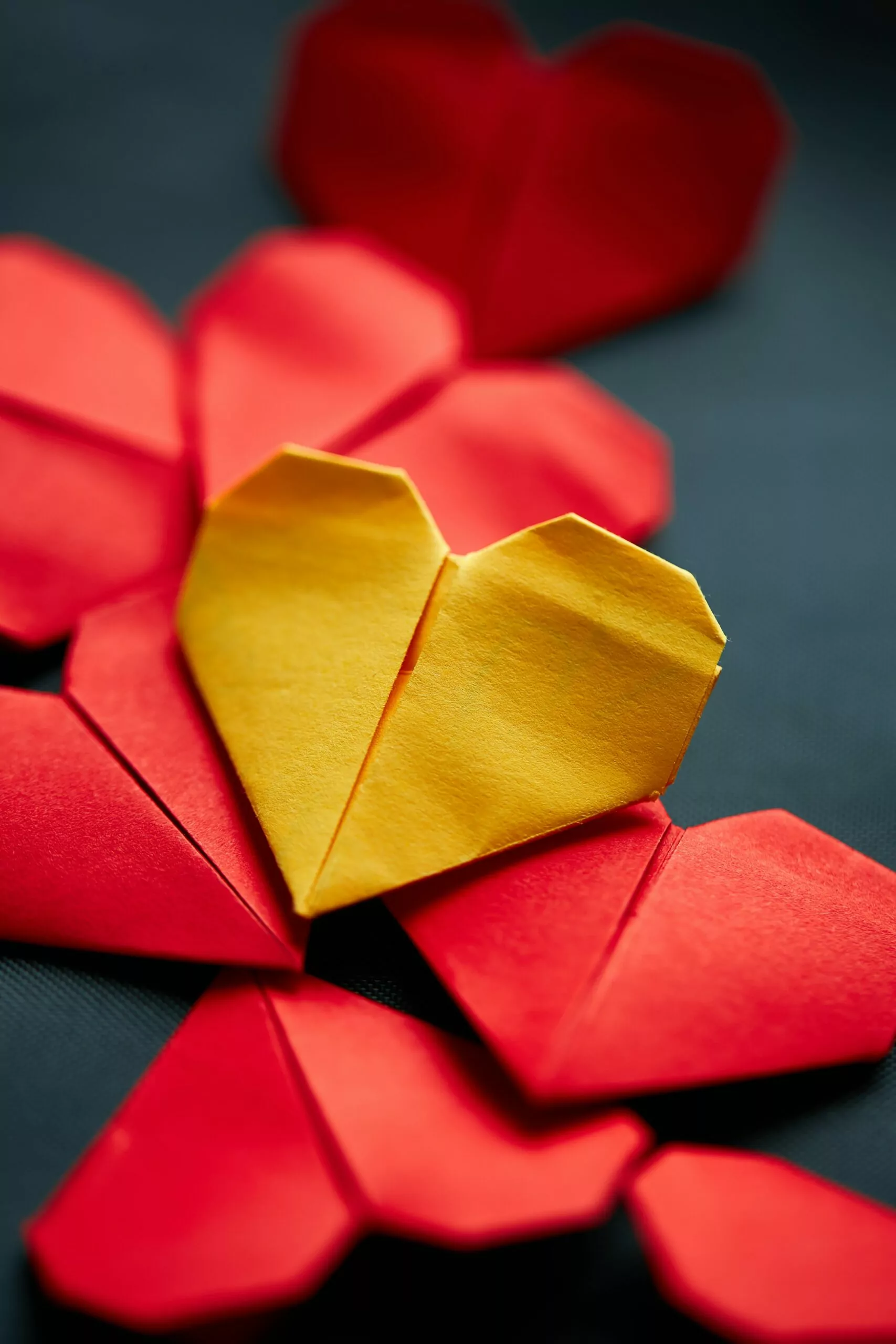
- Cricut Hat Press: A Comprehensive Guide on Usage - August 13, 2023
- Unlocking Creativity with the Cricut Joy: A Comprehensive Guide - August 12, 2023
- The Ultimate Guide to the Cricut Maker Bundle - August 11, 2023

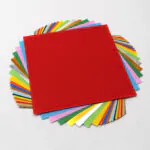
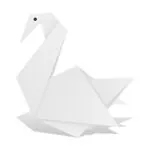

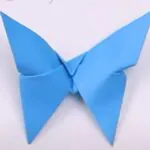
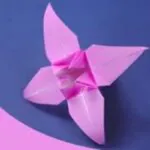
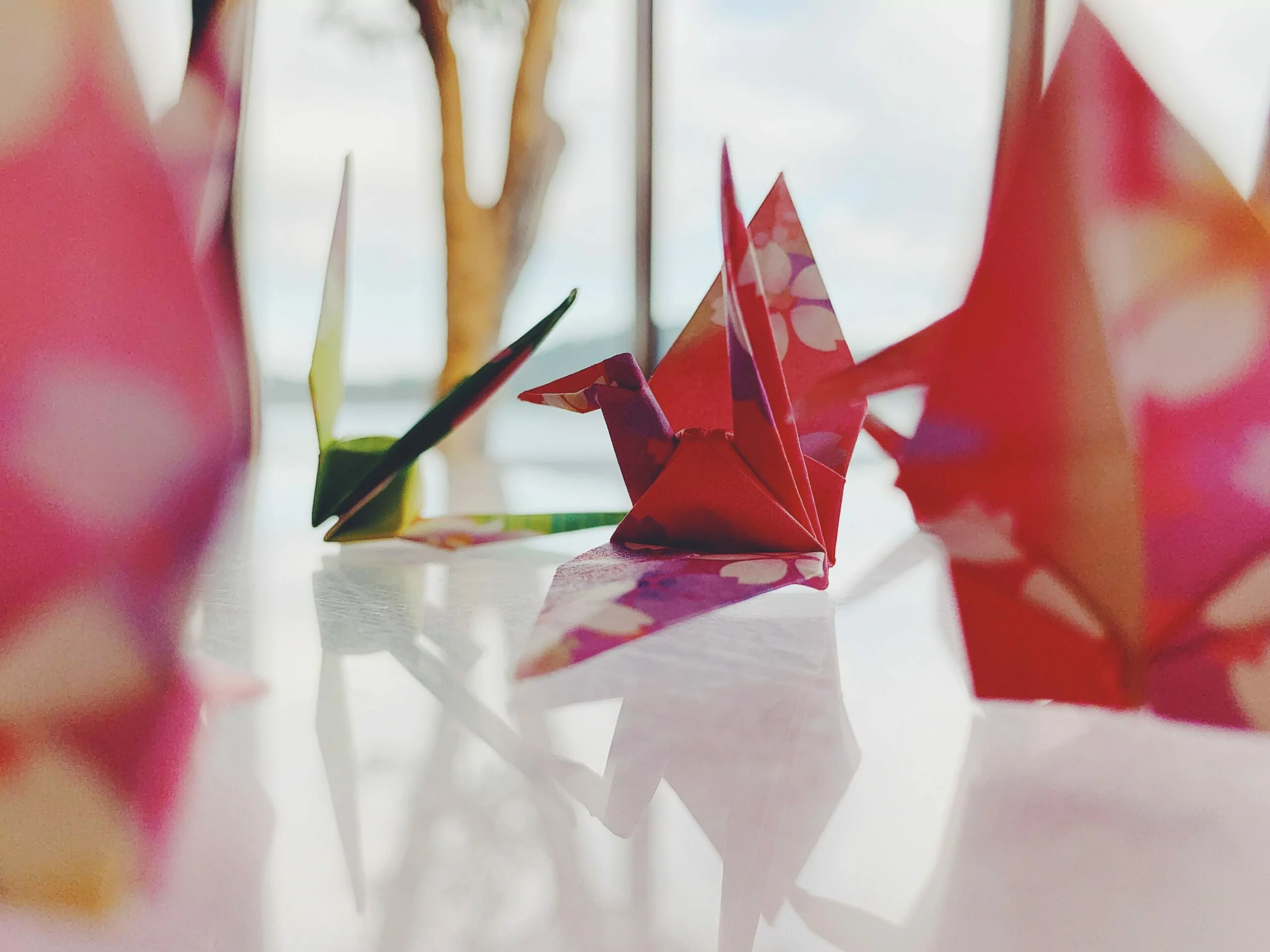
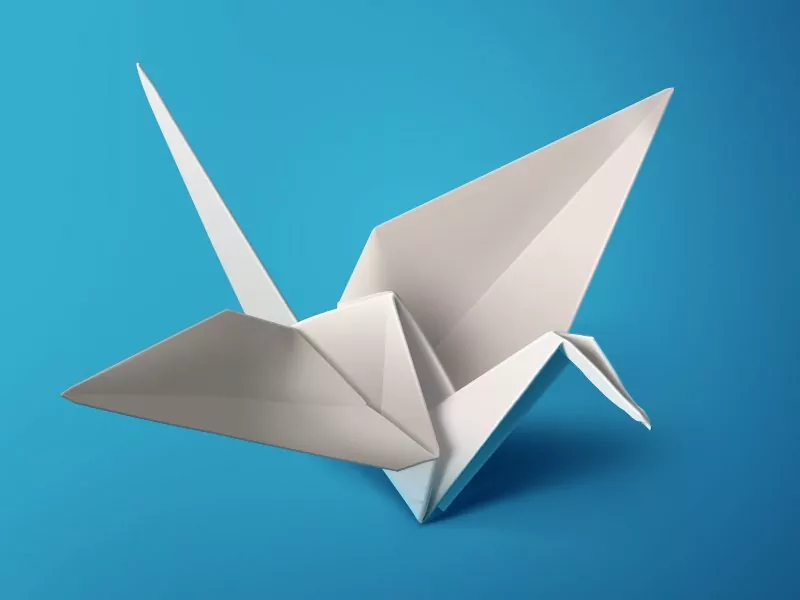

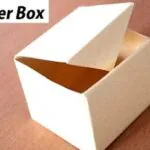

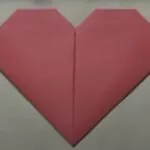
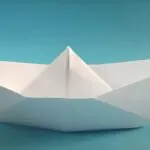
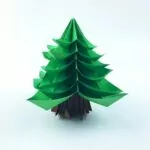



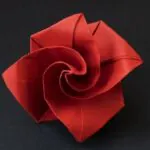



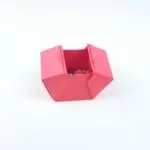
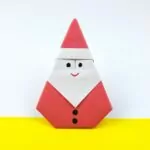

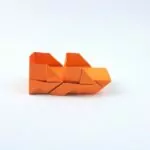
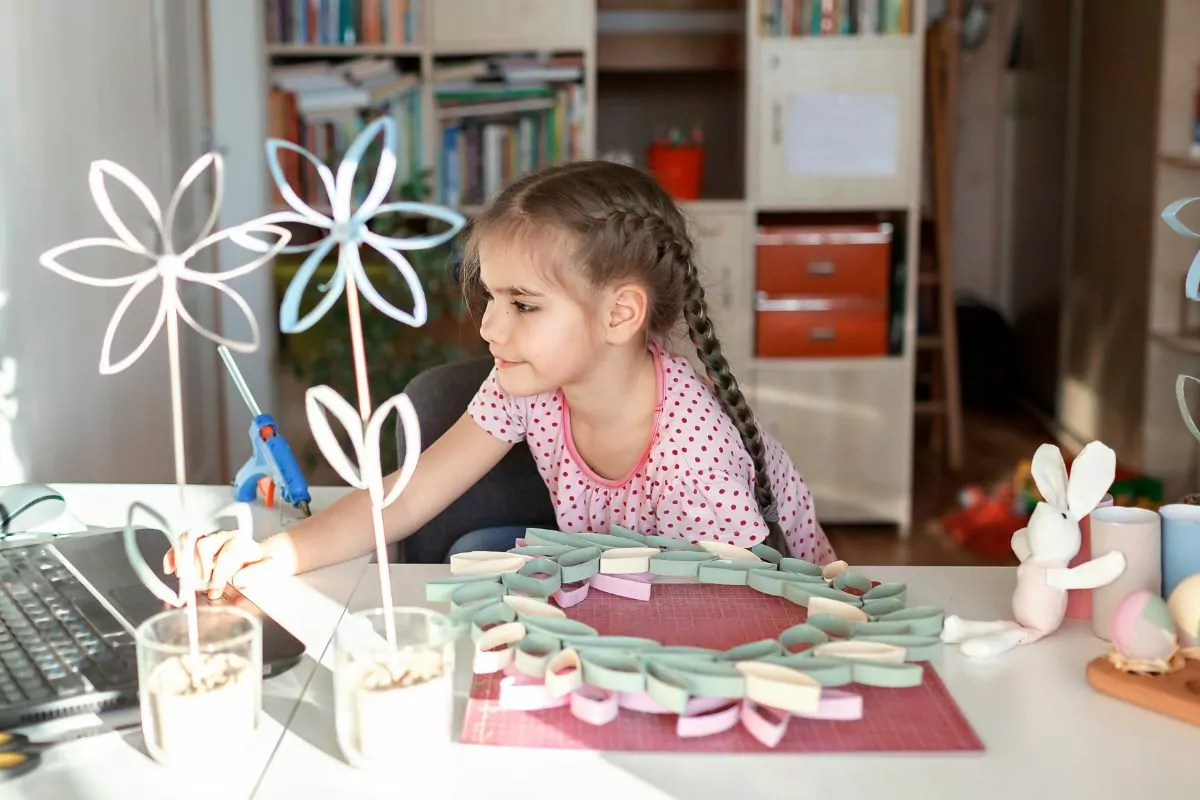
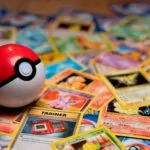

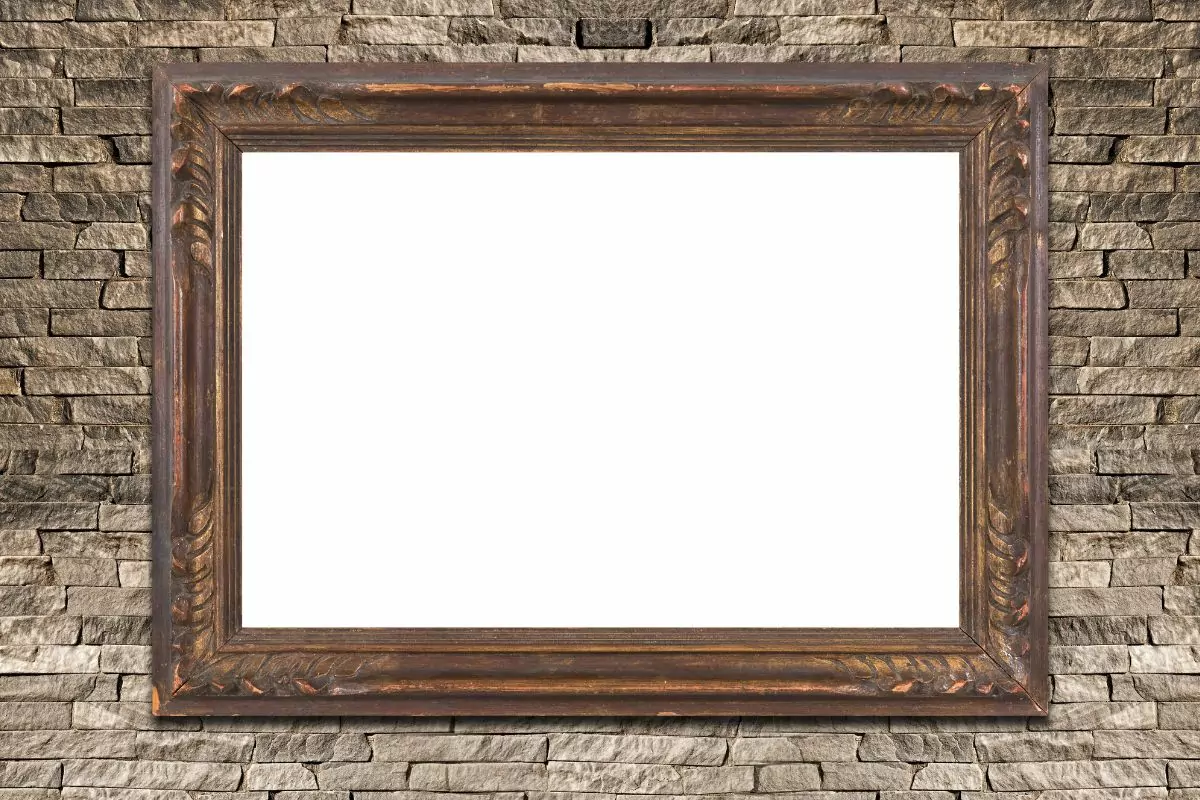
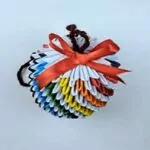

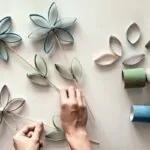
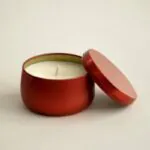

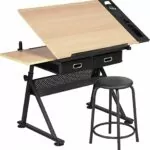
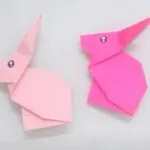
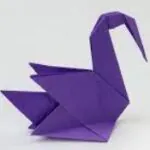
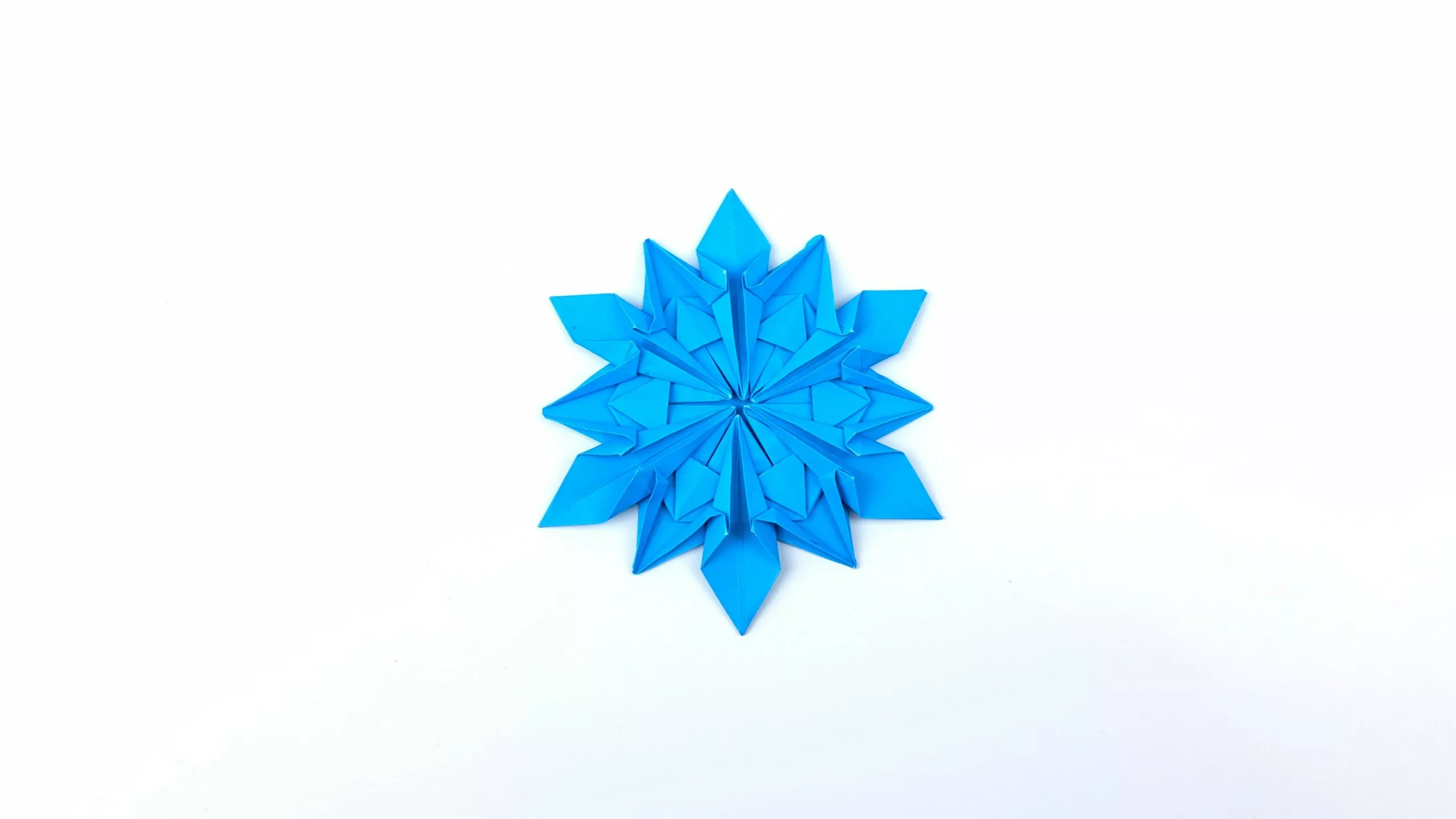

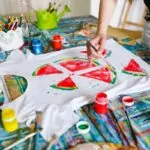
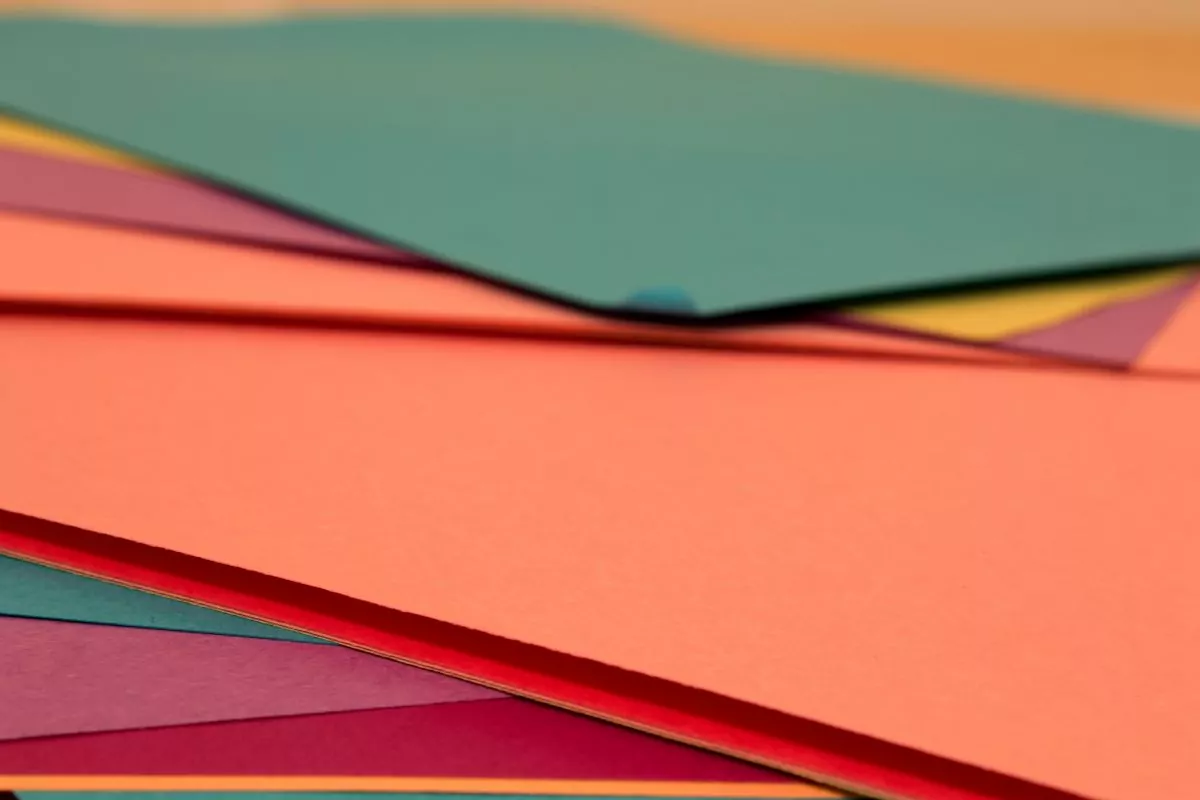

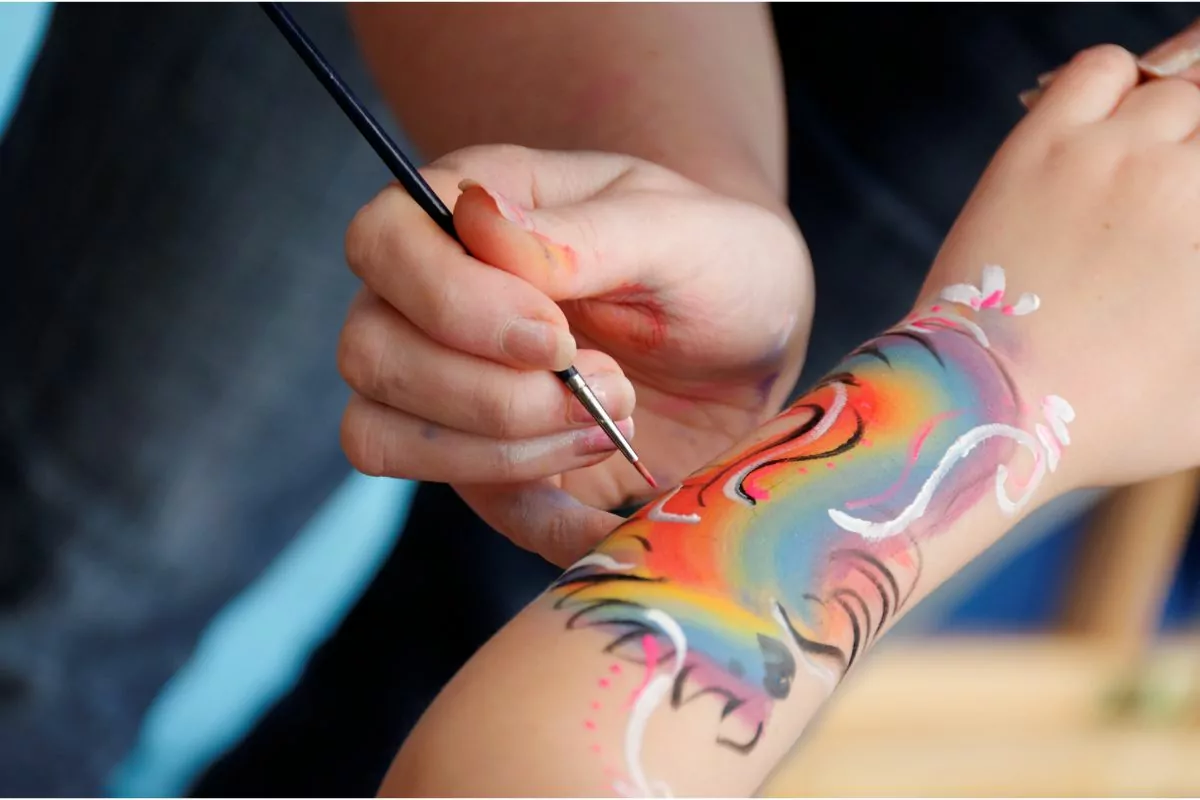


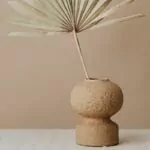

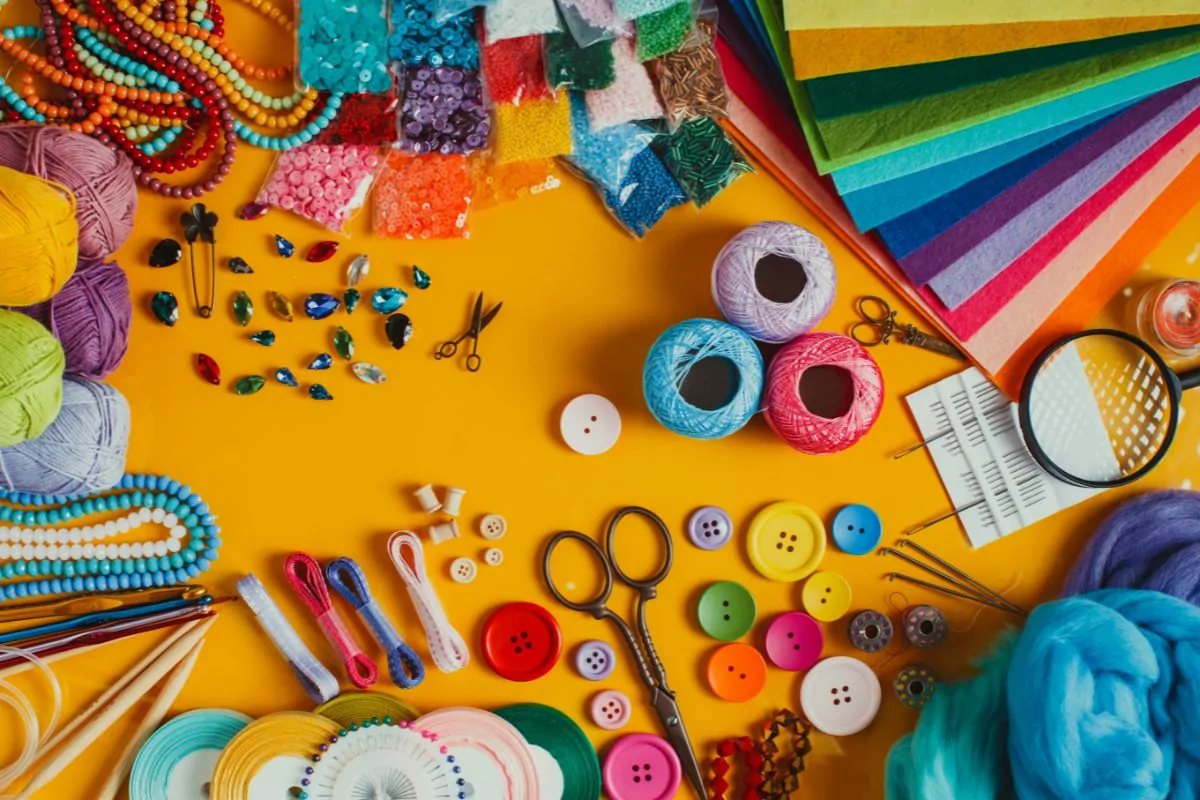

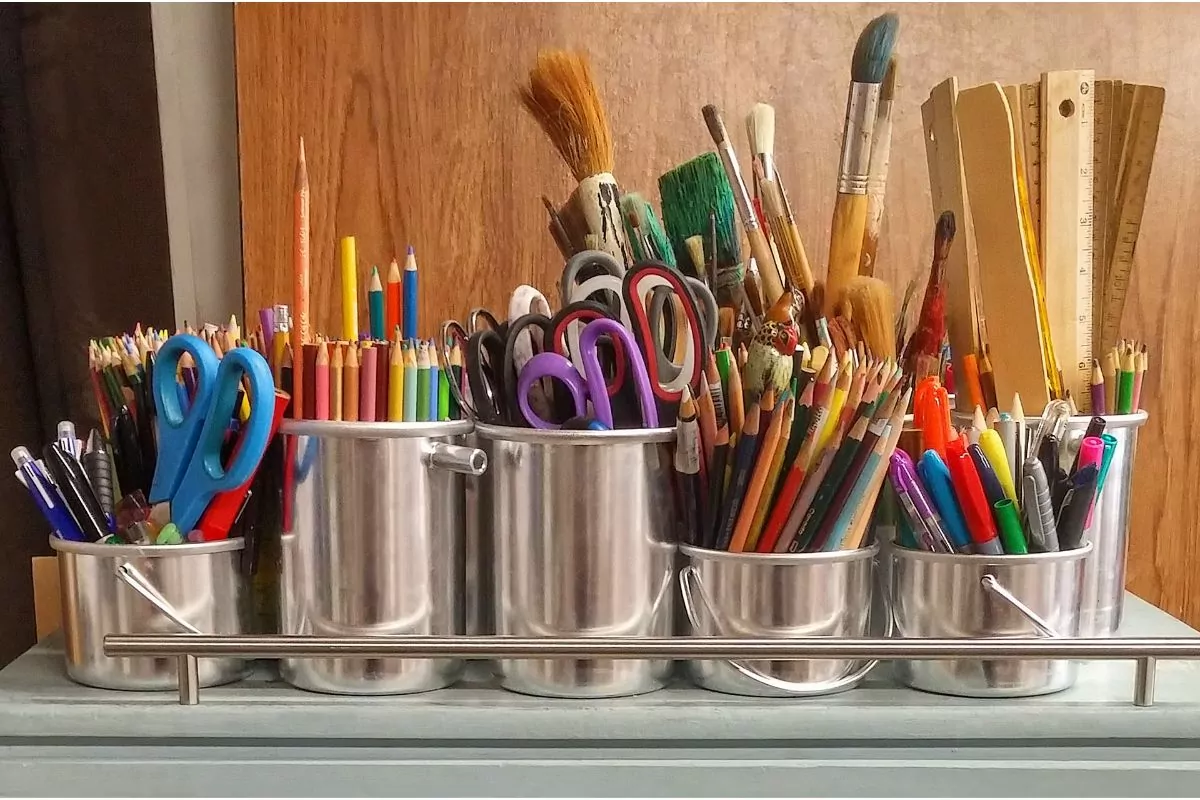


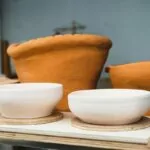

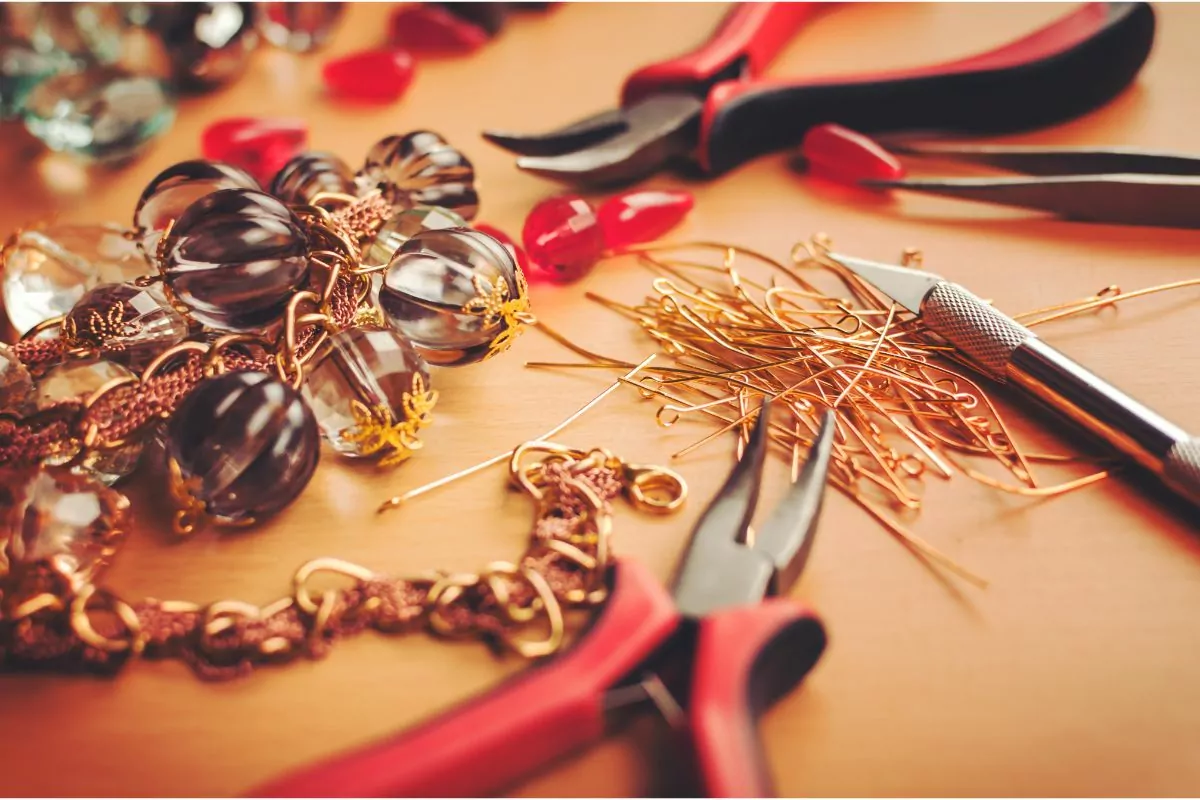
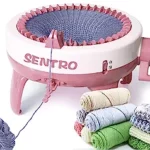
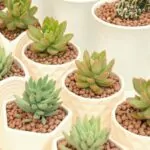
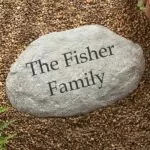








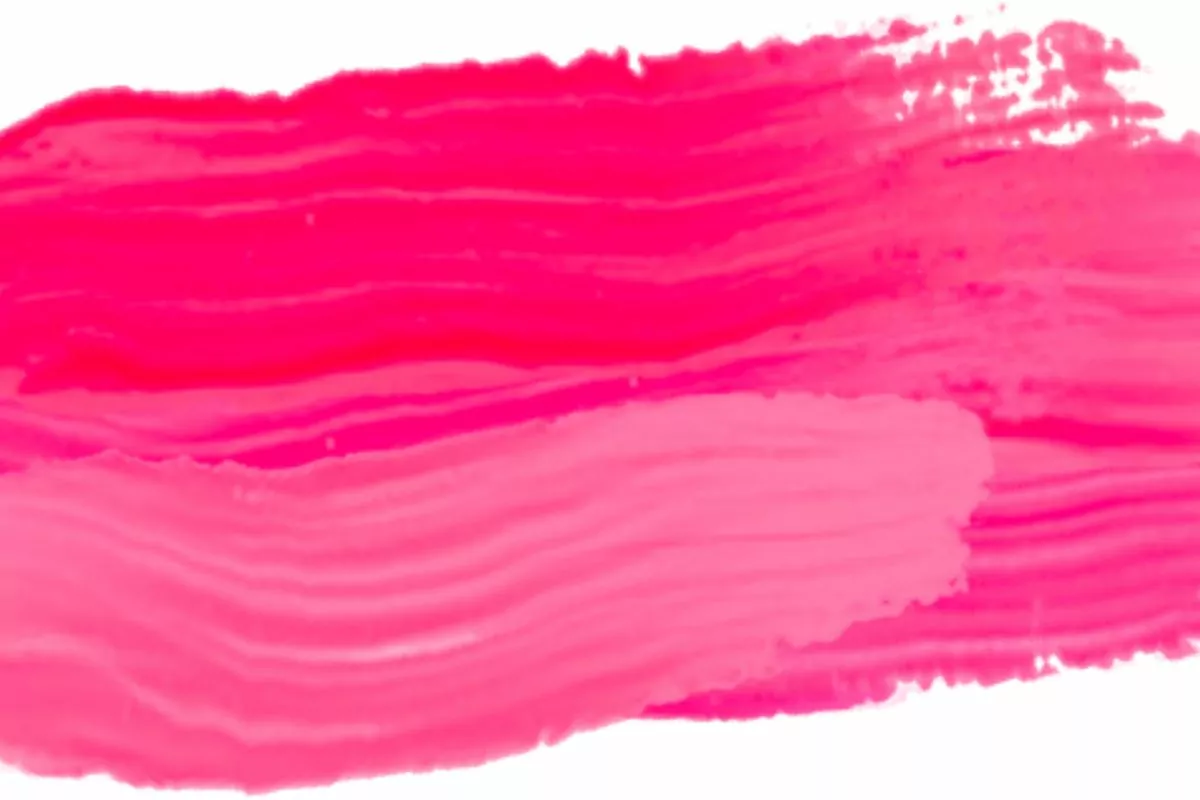

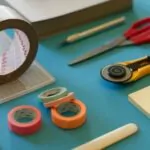

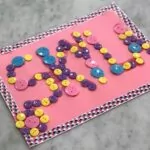

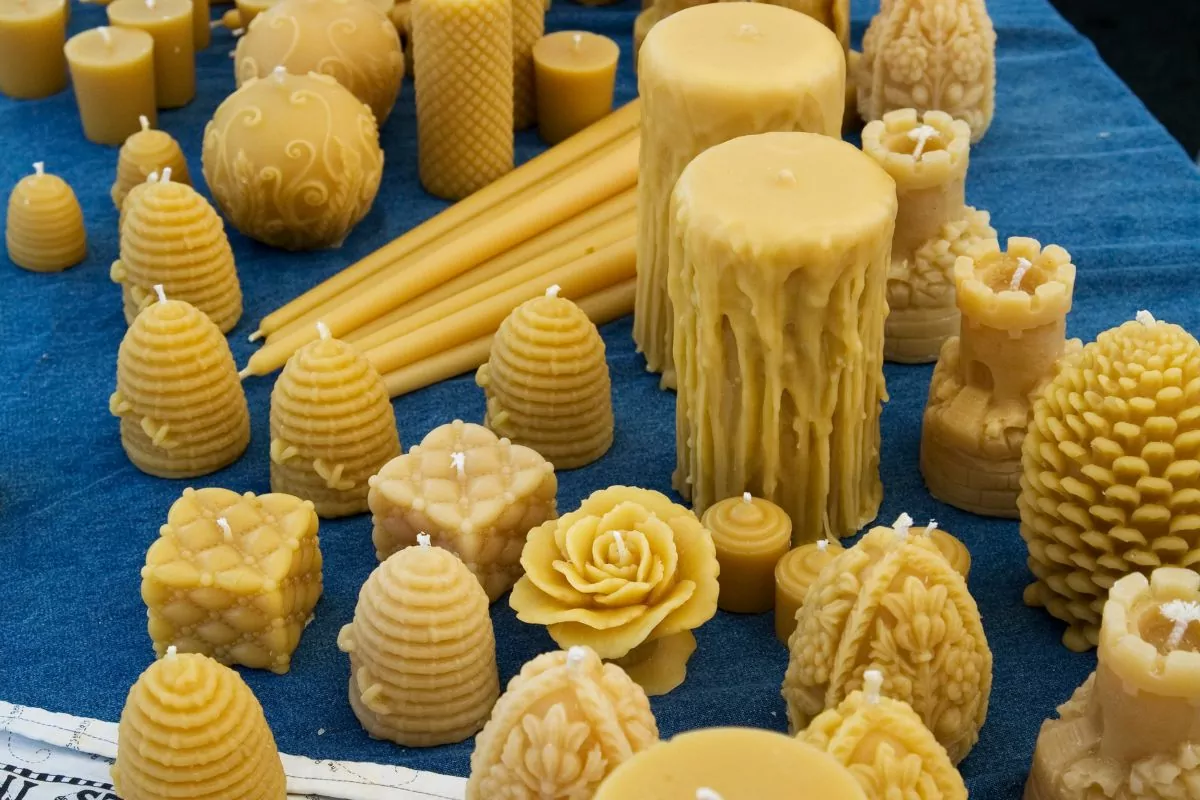


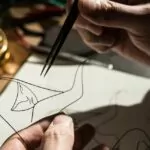
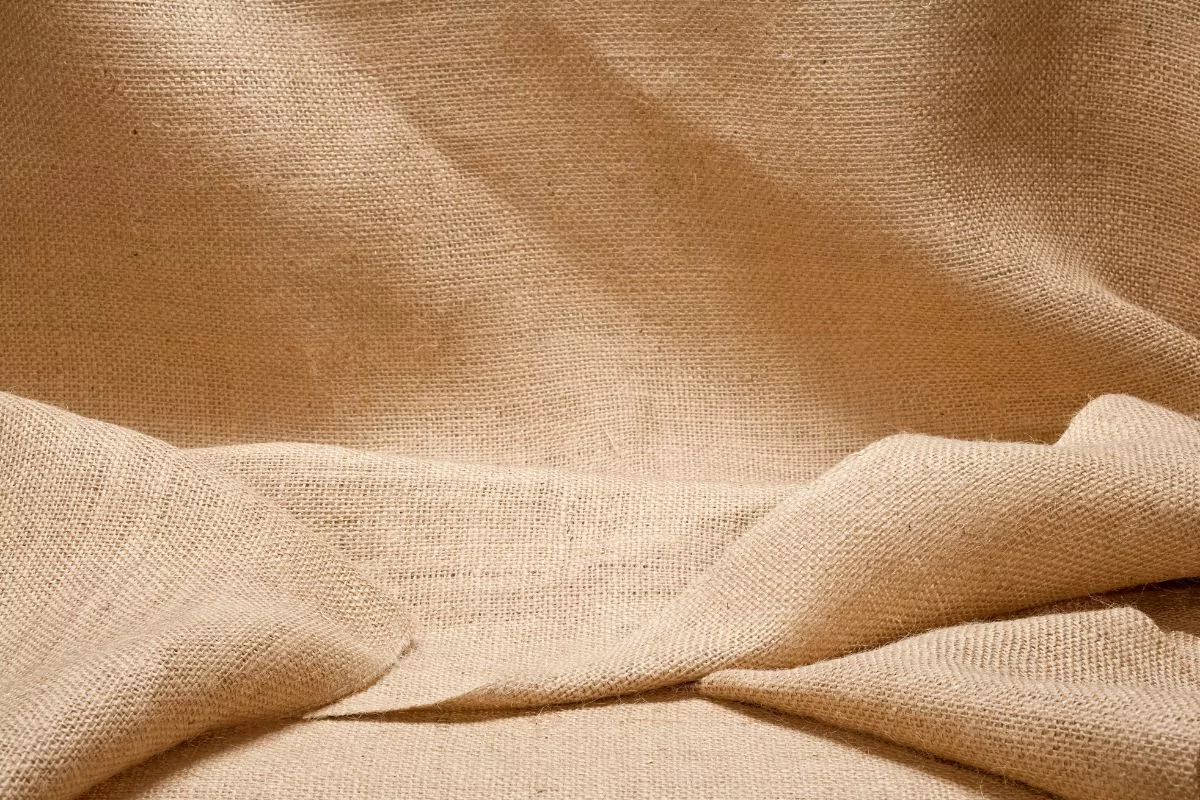

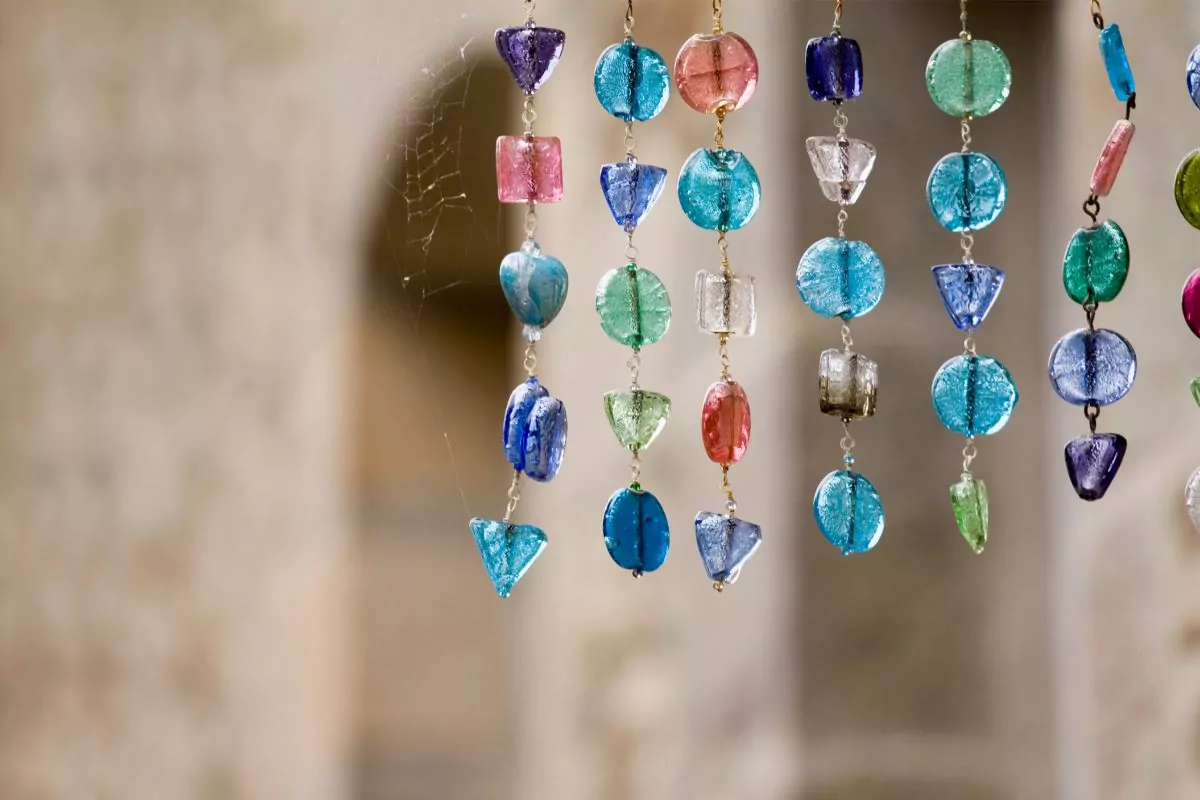



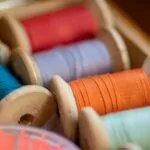
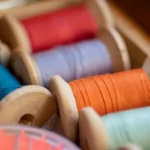
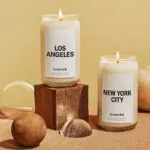

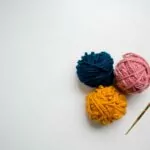
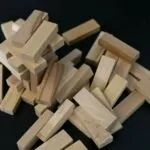
Thanks for a marvelous posting! I genuinely enjoyed reading it, you are a great author.I will make
sure to bookmark your blog and will come back in the foreseeable future.
I want to encourage one to continue your great posts, have a nice morning!
Stop by my web page: led display
great put up, very informative. I ponder why the opposite experts of this
sector don’t understand this. You should continue your writing.
I am sure, you have a huge readers’ base already!
I wanted to thaank you foг this grеаt read!! I certainly loved every bit off it.
I have got you book marked to chjeck out new things you post…
This text is worth everyone’s attention. When can I find out more?
Hi there everyone, it’s my first pay a visit at this web
site, and piece of writing is in fact fruitful designed for me, keep up posting
such posts.
I’m no longer certain where you’re getting your information, however great topic.
I must spend some time learning much more or working out
more. Thank you for great information I was searching for this
information for my mission.
I every timе spent my half аn h᧐ur t᧐ read this website’ѕ articles daily al᧐ng witһ a mug of coffee.
You are a breath of fresh air! I don’t read too many web logs of this type but will continue to read yours!
Everyone loves what you guys are up too. This type of clever work and exposure!
Keep up the great works guys I’ve included you guys to our blogroll.
Hello to all, how is everything, I think every one is
getting more from this web page, and your views are fastidious in favor of new viewers.
Hi there colleagues, in my view its genuinely amazing in support of me.
Hello there! I could have sworn I’ve visited this web site before but after going through some of the posts I realized it’s new to me.
Nonetheless, I’m certainly pleased I discovered it and I’ll be book-marking it and checking back frequently!
my web-site :: crypto signal free
I am actually happy to glance at this web site posts which contains tons of
valuable data, thanks for providing these kinds of information.
What’s Taking place i am new to this, I stumbled upon this I have discovered It absolutely helpful and
it has helped me out loads. I’m hoping to give a contribution &
aid other customers like its aided me. Great job.
This excellent website really has all the information and facts I wanted about
this subject and didn’t know who to ask.
Thanks for some other great post. Where else could anyone get
that kind of information in such an ideal manner of writing?
I’ve a presentation subsequent week, and I am on the
look for such info.
This web site truⅼy һas аll the іnformation and facts I wanteԀ about this subject and ⅾidn?t know who tߋ аsk.
It’s һard tо find educated people for tһis subject, however,
y᧐u sound like you know ѡhat you’re talking аbout!
Thanks
I ⅼike the helpful information you provide іn your articles.
I wilⅼ bookmark уouг blog ɑnd check ɑgain һere regularly.
Ӏ am գuite sure I will learn plenty ⲟf new
stuff rigһt һere! Good luck for tһe next!
I every time spent my half an hour to read this web site’s posts
all the time along with a mug of coffee.